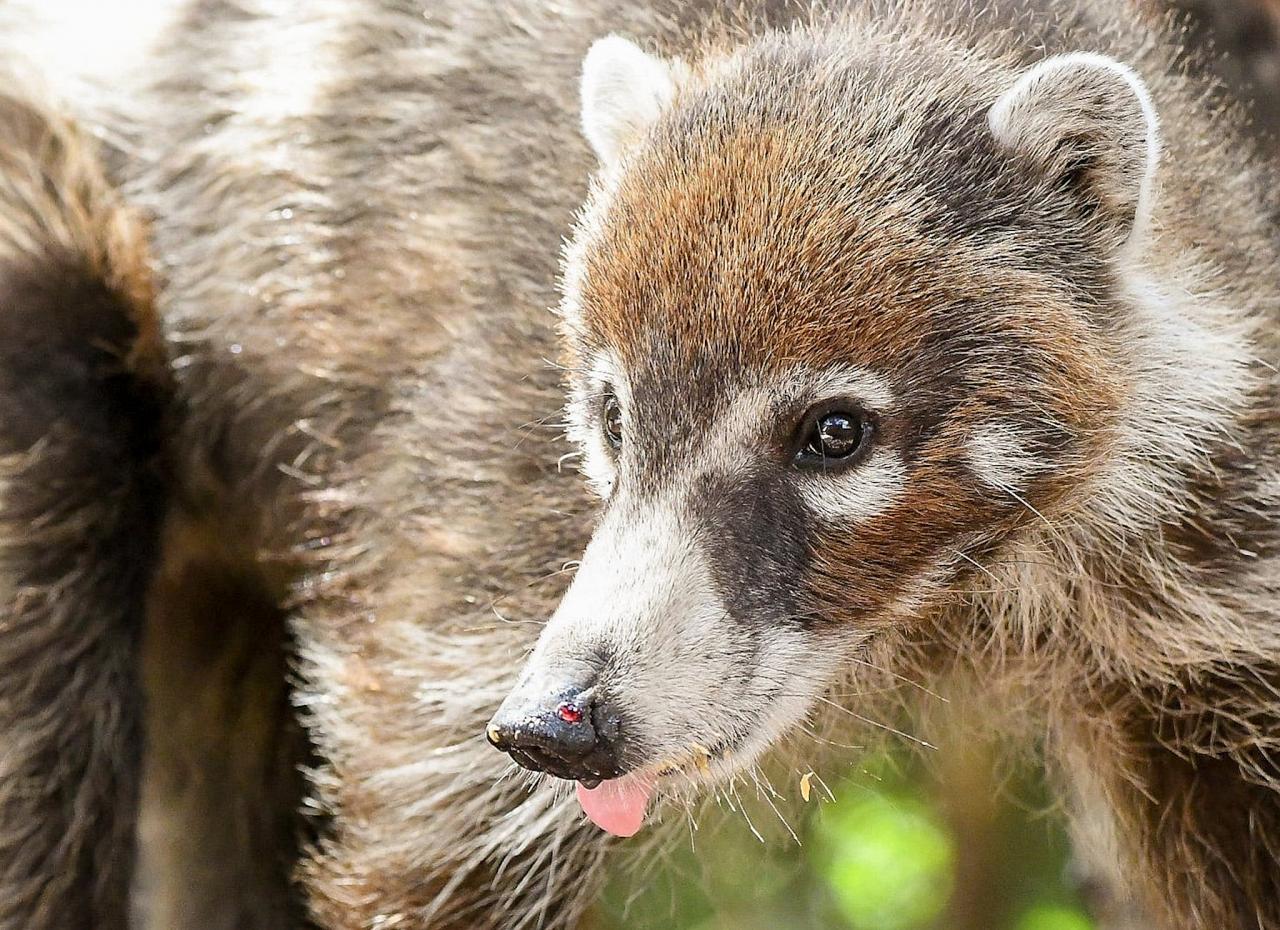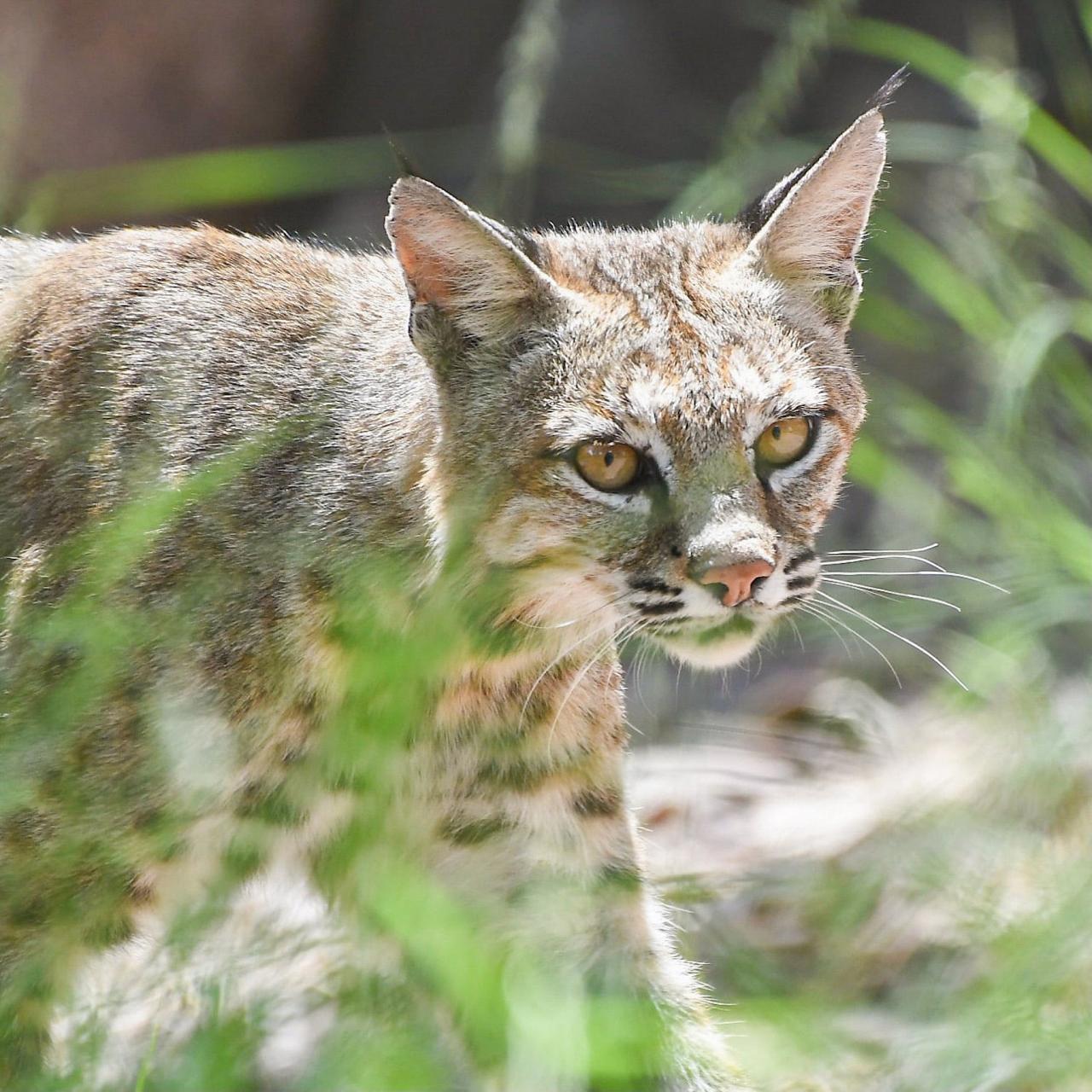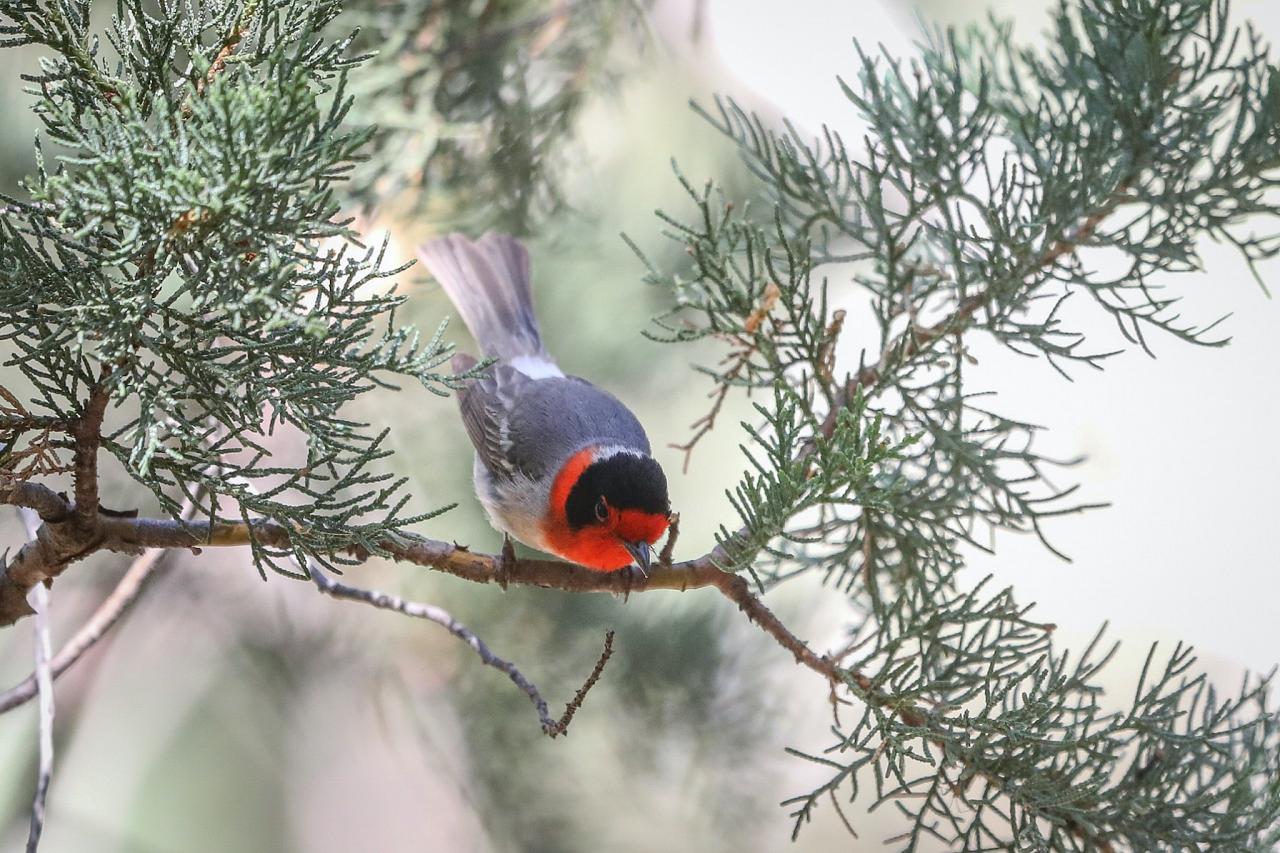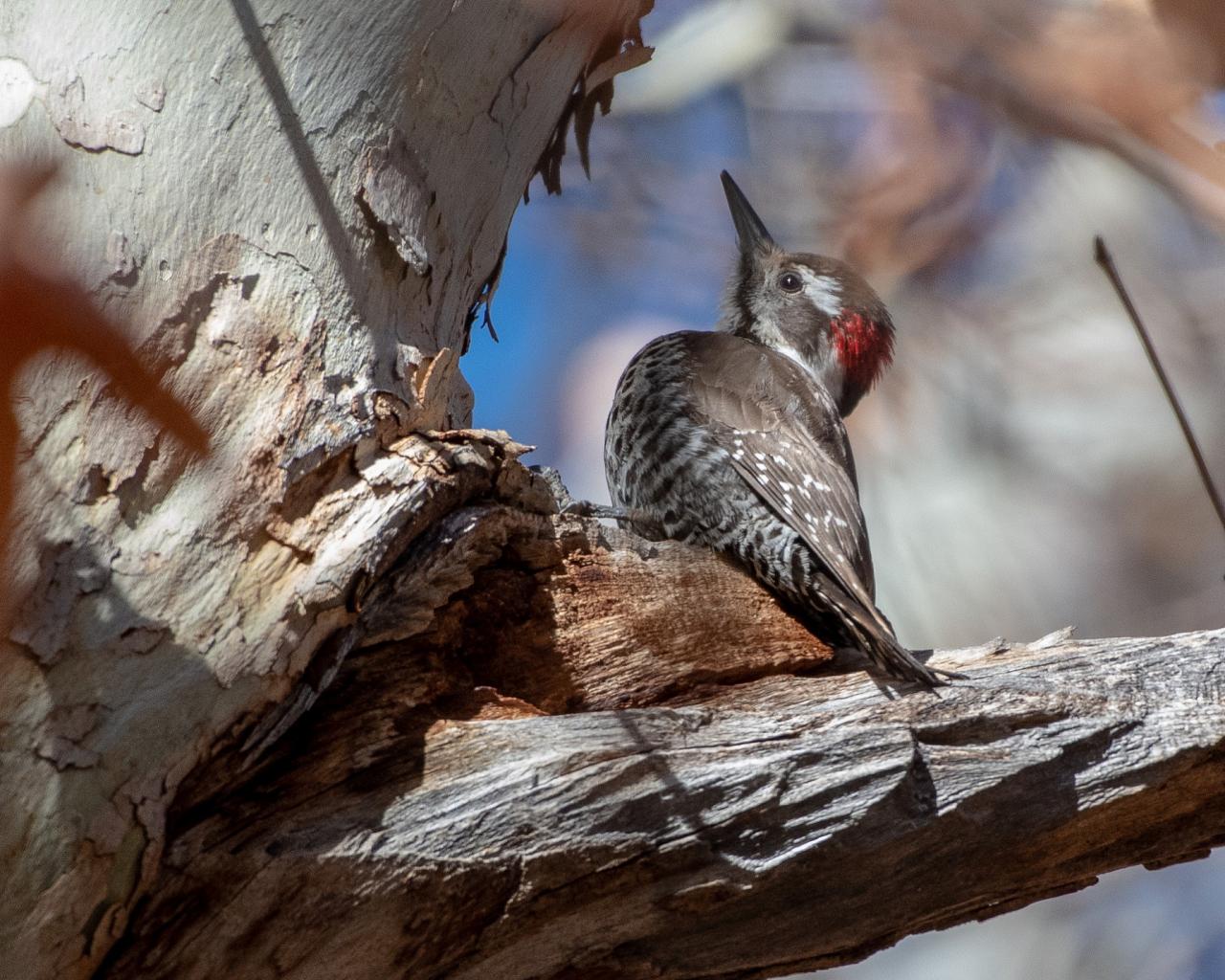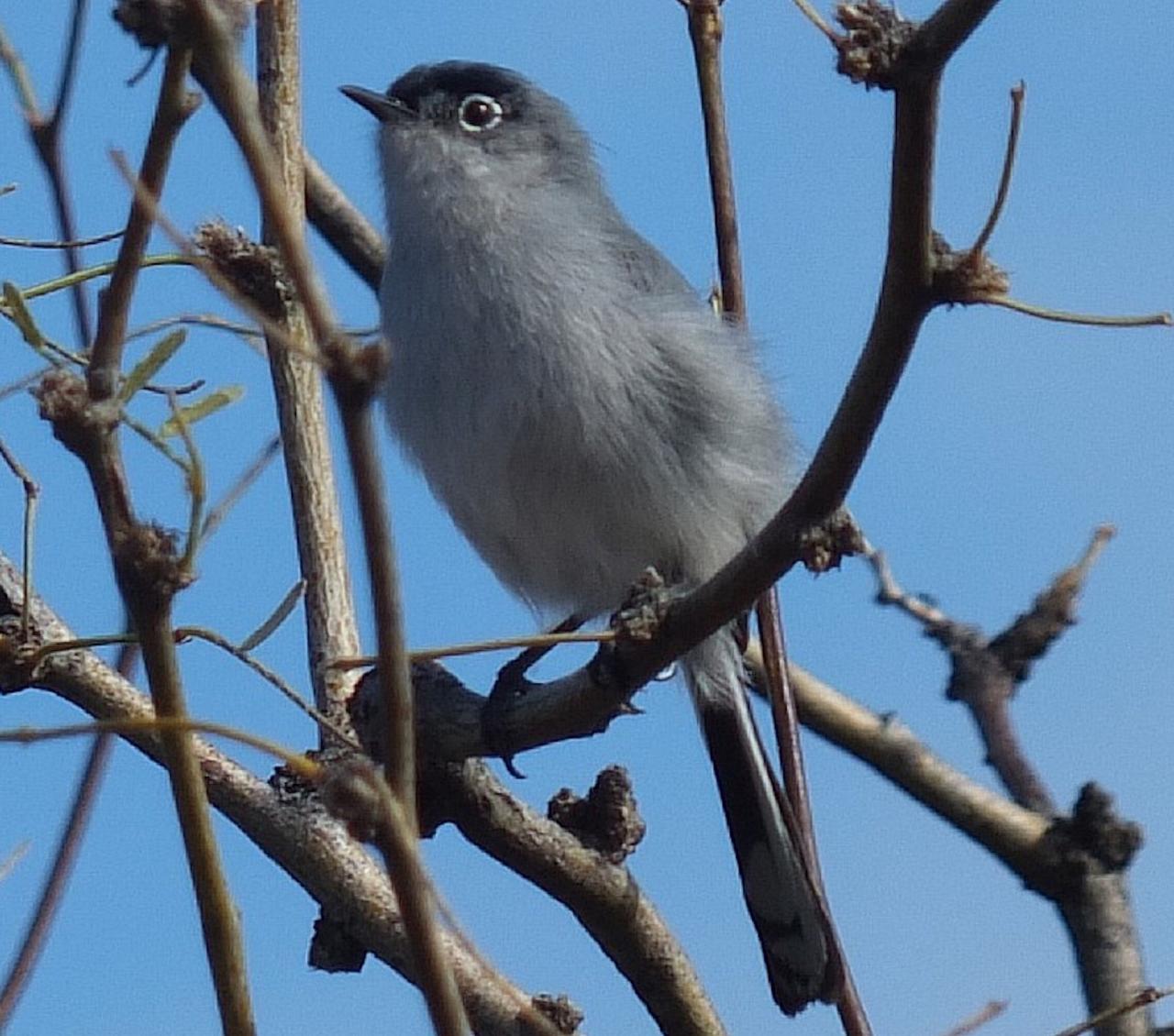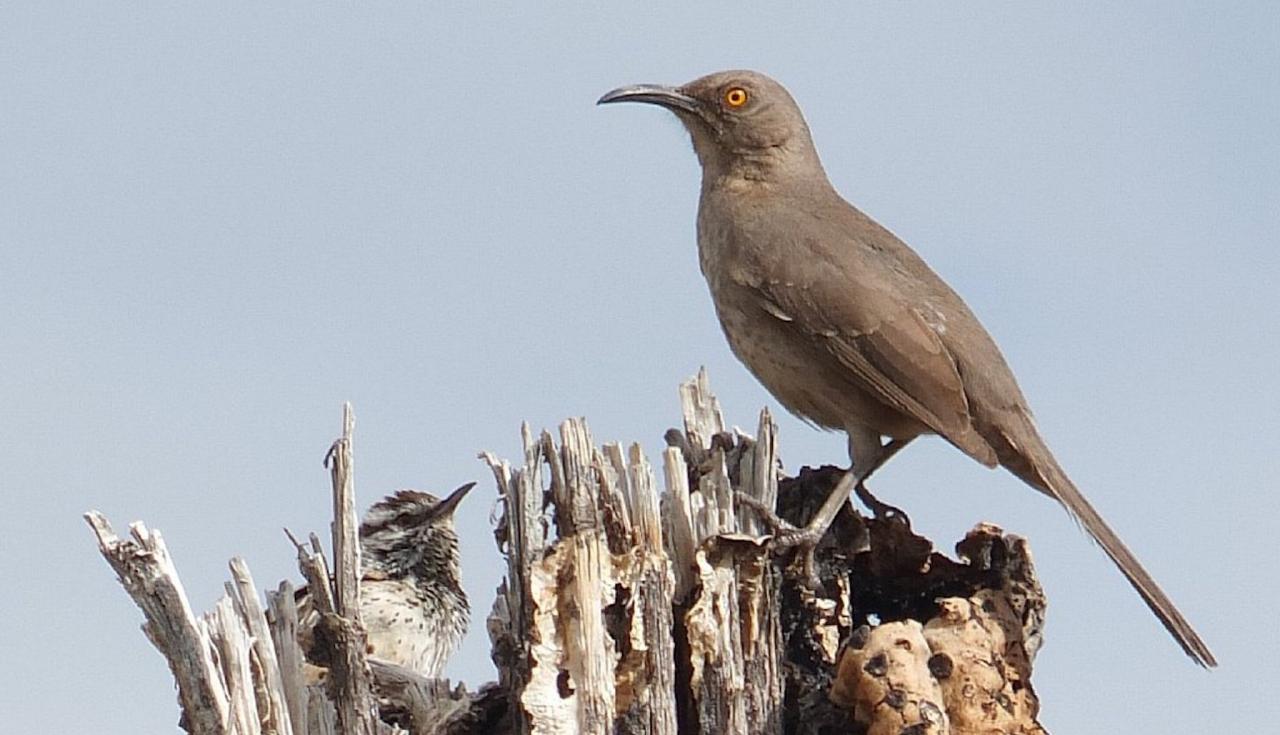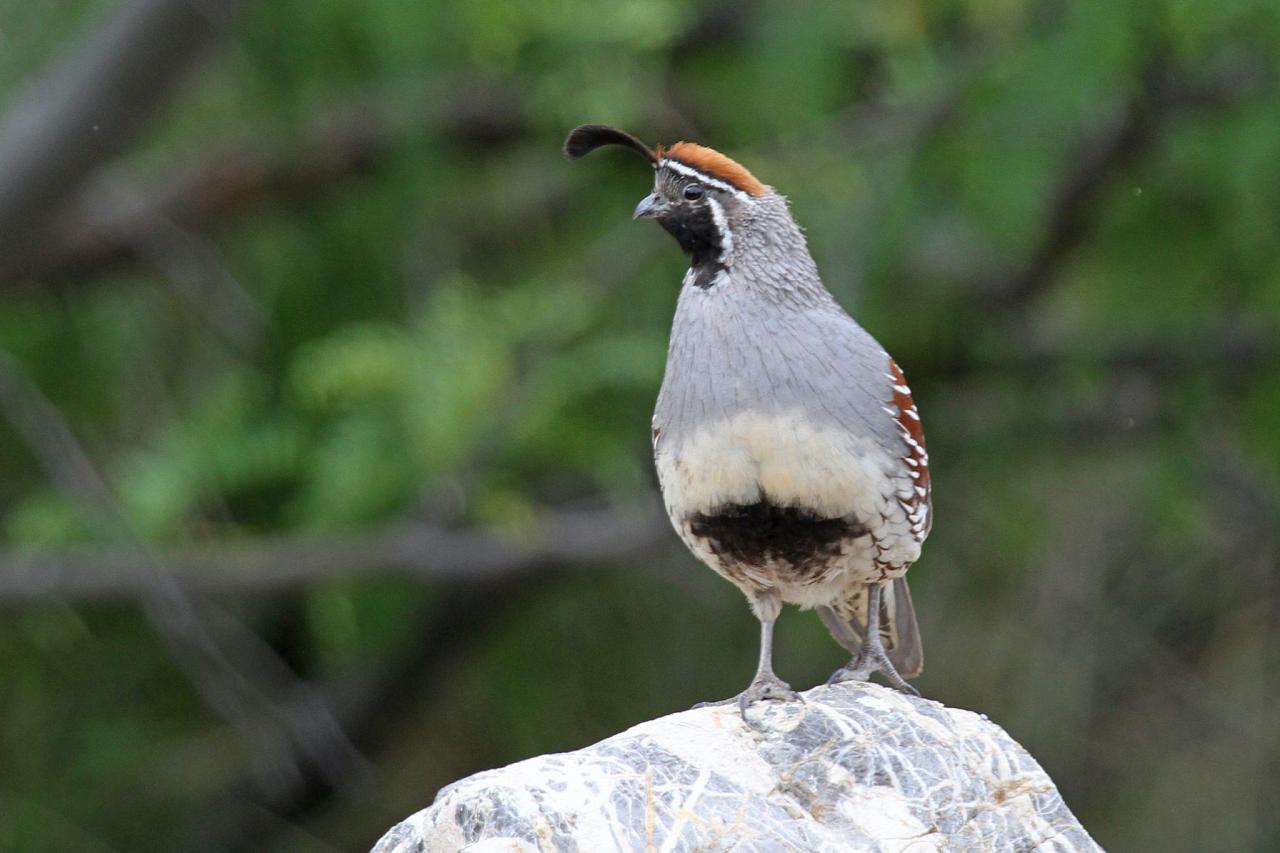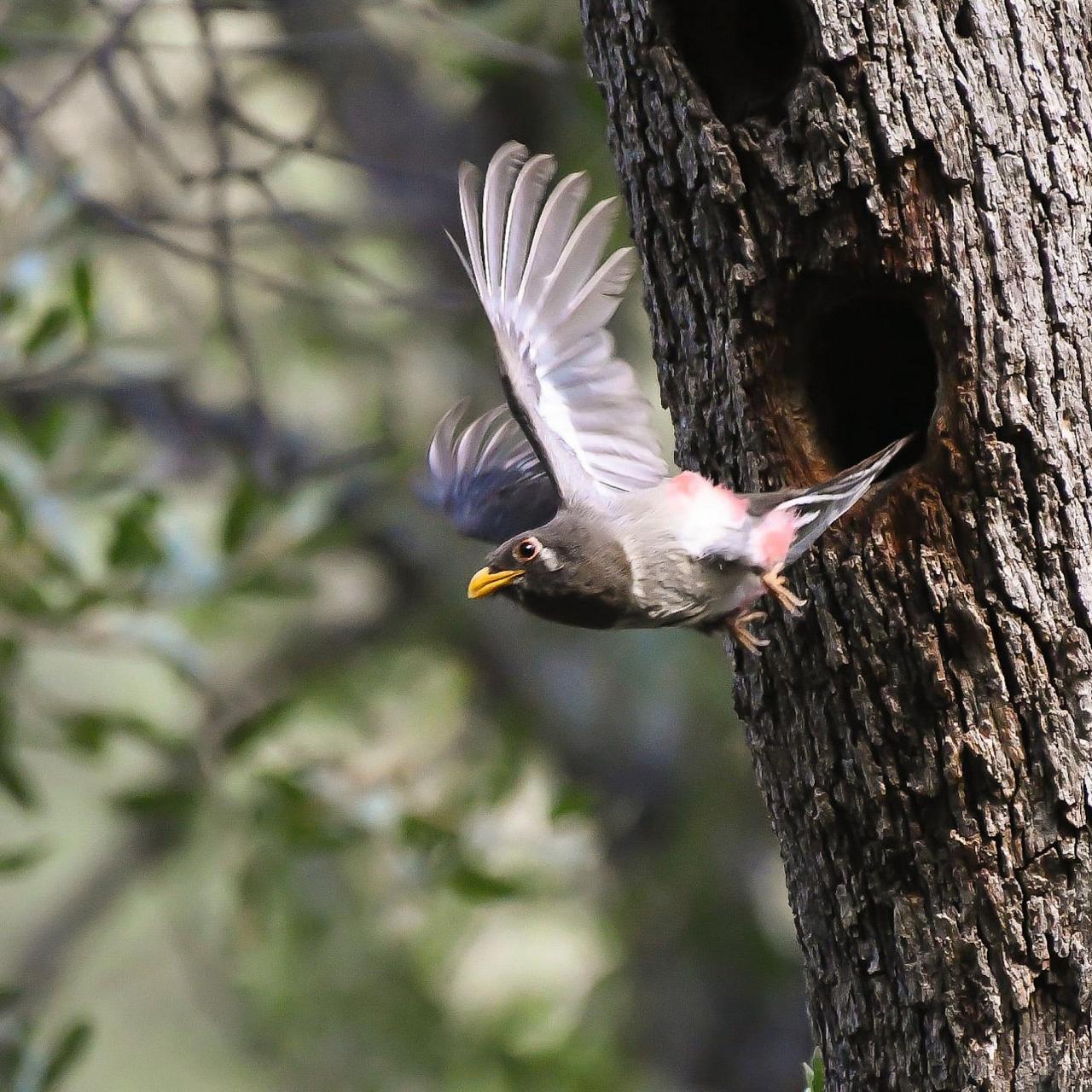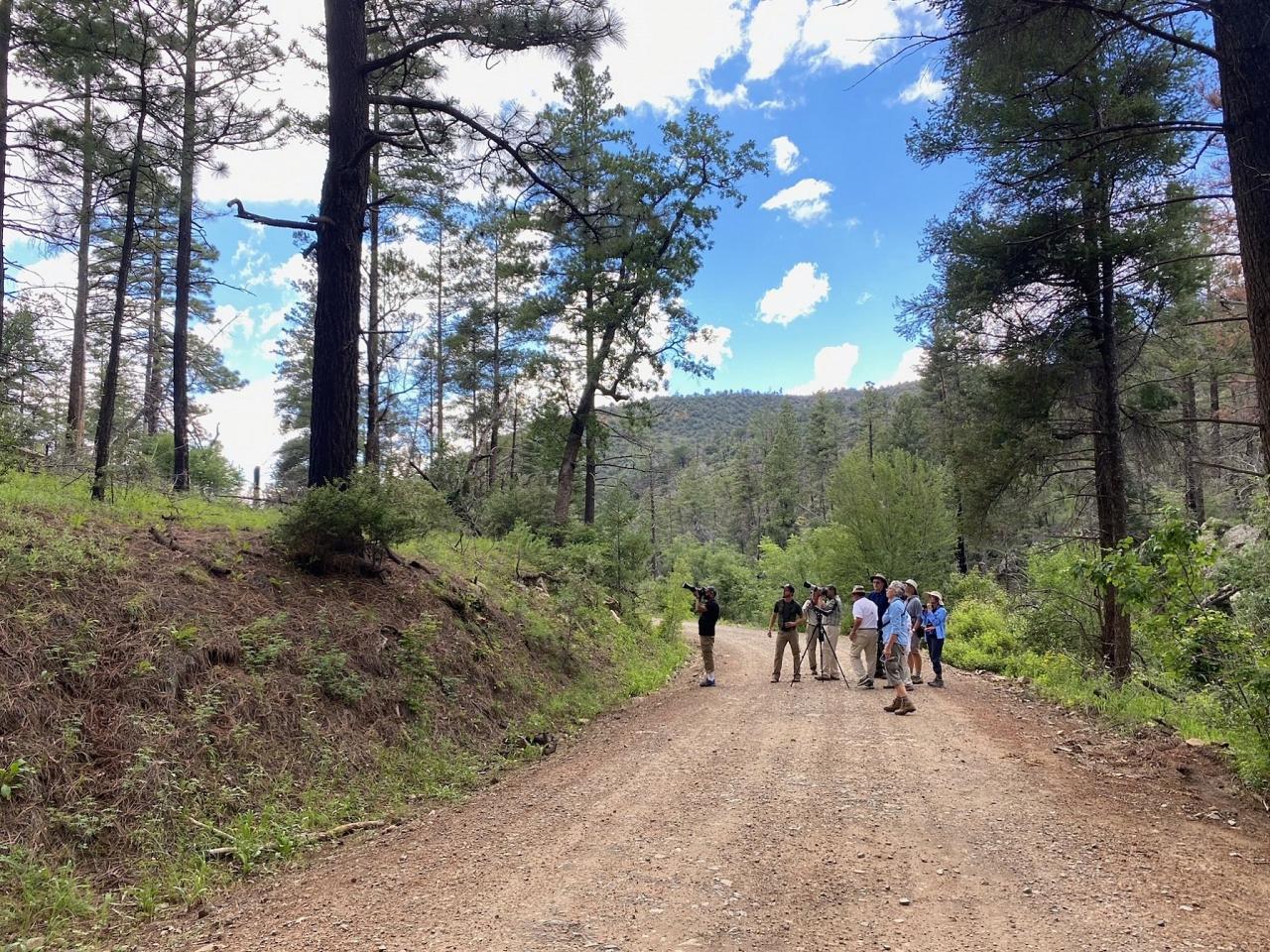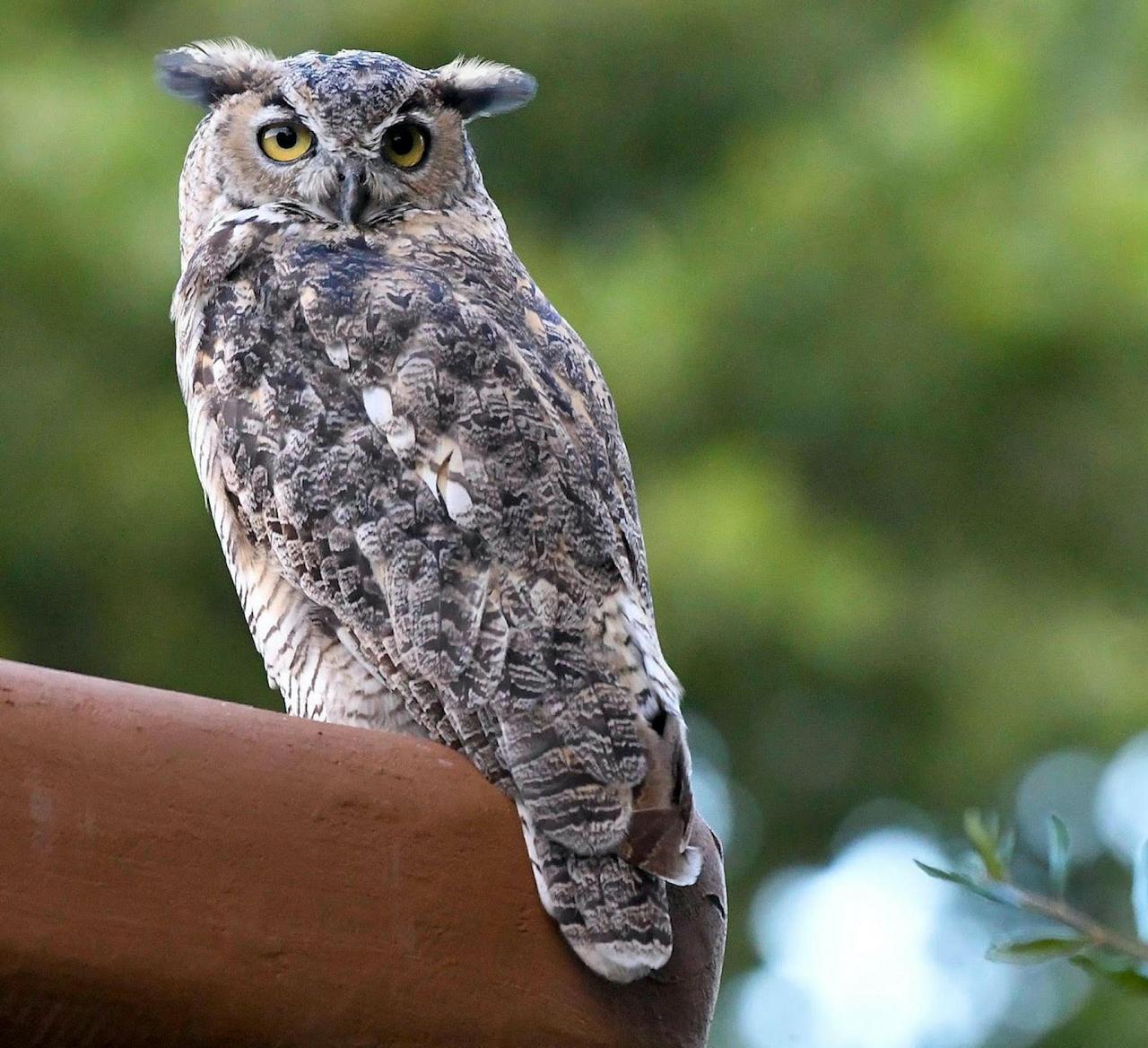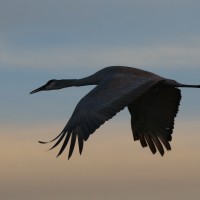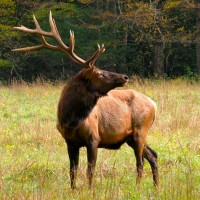- Overview
- Full Itinerary
- Photo Gallery
- Costing
- Travel Details
- Trip Reports
- Guides
- Know Before You Go
- Other Trips You May Like
Join Naturalist Journeys for a wildlife-rich journey as summer monsoon rains turn Southeastern Arizona’s mountains and deserts a surprisingly verdant green. During this “second spring,” witness up to 14 species of hummingbird, hear grassland sparrows singing on territory, and spot breeding birds of Mexican affinity just outside your door. Walk in cool, shaded canyons cloaked in oaks and mixed conifers. These are perfect for mid-day hikes; during the early mornings and evenings we explore desert and grassland terrain.
This year we add a day and a third location to give you the full spectrum of species. Enjoy time at a few of our favorite local lodges: Cave Creek Ranch in Portal, just down the road from our home office and the delightful Casa de San Pedro in Hereford. From these lodges we explore cool, lush canyons of the Chiricahua, Huachuca, and Santa Rita Mountains in search of Elegant Trogon, Mexican Spotted Owl, Red-faced and other warblers, butterflies, dragonflies, and more. This three lodge route sets us up perfectly to explore the surrounding sky islands, grasslands, and local preserves. Discover secrets of the sky island’s biodiversity; we also find promise of hummingbirds galore at both public and private feeding stations.
Naturalist Journeys, LLC is an official permittee of the Coronado National Forest, following Leave No Trace principles. We also abide by the ABA's Code of Ethics for birding.
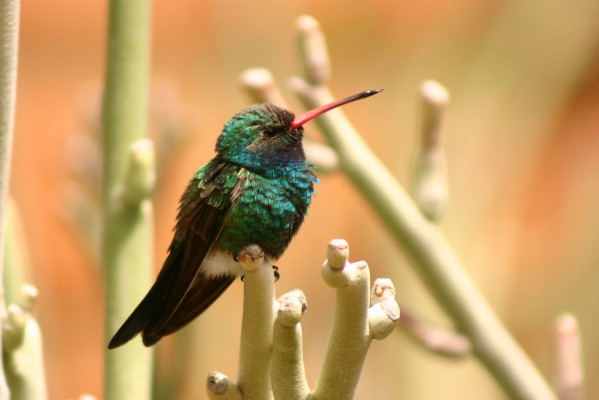
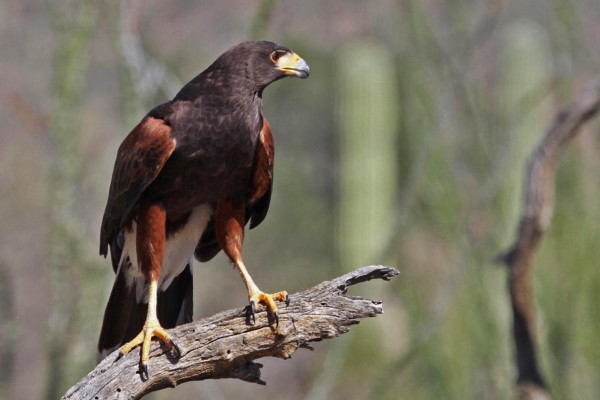
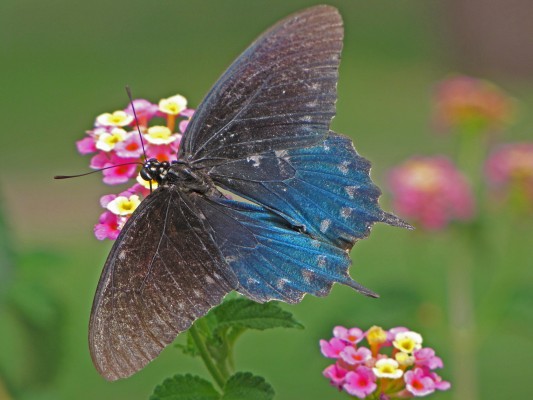

- "We are writing to let you know that we were really happy with our Arizona Monsoon Madness Trip Aug 11-18, 2024. Our guides James and Robert were wonderful - both have such a wealth of knowledge about the wildlife we saw, and they were great at sharing it and a lot of fun to be around. The itinerary was well thought out, and we enjoyed all 3 of the places we stayed." —2024 Monsoon Madness Travelers
- “This is a trip every birder should take at some point, especially anyone interested in Hummingbirds. We saw 14 different species of hummingbird, with good enough views to get photos of each. Amazing! We saw many other different birds too, and I ended up with 29 "lifers", more than I ever expected. I loved everything about the trip. The scenery was spectacular, and the hotels we stayed in were great. Cave Creek Ranch in Portal was unique, nestled away in a canyon with wildlife roaming around the grounds. Casa San Pedro, a B & B in Hereford AZ was totally charming - an adobe dwelling surrounding a courtyard filled with beautiful plants and Hummingbird feeders. I highly recommend this trip and strongly suggest traveling with Naturalist Journeys. They're the best!” – Celia Gerry, 2023 Traveler
- “This is probably the best set of guides we have ever had on a birding trip. Their skills, knowledge of the species, and ability to locate and spot elusive birds in difficult conditions were remarkable. The two lodges were great choices. Casa de San Pedro speaks for itself; we had never been to Cave Creek Ranch and it was very good, with unequalled opportunity to see the blue mountain gem. We had been on this tour before, and I would like to do it again!” — Frank & Ann Holleman, 2023 Travelers
- “Beautiful tour of SE Arizona with lots of interesting birds. Wonderful and knowledgeable Guides. We believe that all target birds were found.” — Gary & Ann Carpenter, 2023 Travelers
- “It was an amazing experience. The guides were attentive, experienced, laidback, enthusiastic, and patient. They were quick getting their scopes out and pointing out good angles for photographing birds. “ — Glen & Debbie Van der Kraak, 2023 Travelers
- “The focus of this trip was to join a group of birders looking for native birds as well as migrants especially hummingbirds. We Spent time in the Sky Islands and Canyons of SE Arizona. The food was great and the guides were wonderful.” — Donna Kipphorn
Tour Highlights
- Start with two nights at Portal’s own Cave Creek Ranch, a perfect base to explore the Chiricahua Mountains
- Explore Cave Creek Canyon, one of the most scenic and biologically diverse places in the United States
- Look for Red-faced and Olive Warblers and Mexican Chickadee in high sky island forests during Arizona’s “second spring”
- Spend three nights at the gorgeous Casa de San Pedro—be sure to save room for their famous pie!
- Stroll along the San Pedro River and explore famous Carr and Ramsey Canyons
- Witness plentiful hummingbirds in Patagonia and Box, Florida, and Madera Canyons
- Look for Elegant Trogon, Five-striped Sparrow, Sulphur-bellied Flycatcher, and signature species of the region
- This trip is great for butterflies and mammals too—Coatimundi, Javelina, and Bobcat are all possible!

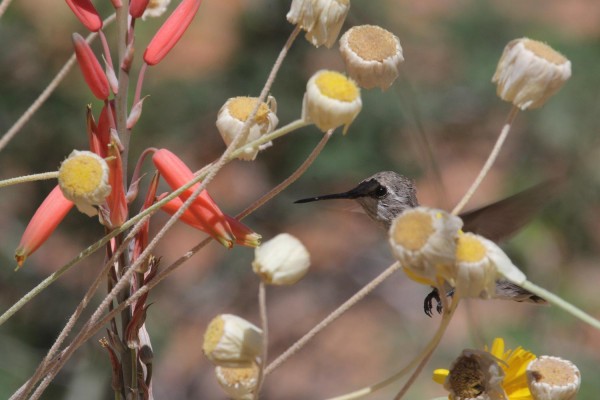

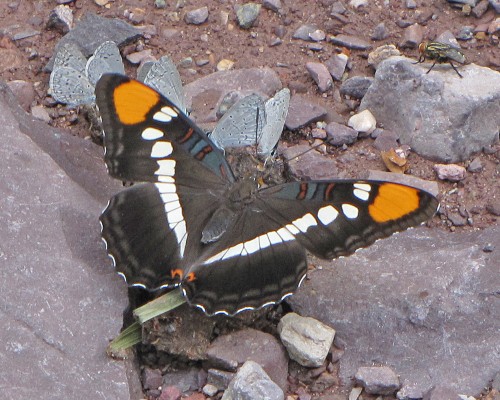
Trip Itinerary
Itineraries are guidelines; variations in itinerary may occur to account for weather, road conditions, closures, etc. and to maximize your experience.
Sun., Aug. 17 Arrivals in Tucson | Willcox Twin Lake Ponds | Portal
Arrive in Tucson today, a vibrant city surrounded by mountain ranges that rise from the Sonoran Desert floor. Please plan to arrive by 1:00 PM.
From our gathering point at Tucson International Airport (TUS), we head to one of the most beautiful areas of Southeast Arizona: colorful Cave Creek Canyon in the Chiricahua Mountains. Our route is scenic; passing through rock spires at Texas Canyon we take in views of distant sky island mountain ranges in all directions. We make a couple of birding stops, one at a local wetland at Willcox. Formerly a glacial playa lake, today twin golf course ponds attract a host of shorebirds and ducks. American Avocet, White-faced Ibis, Black-crowned Night-Heron, Western and Eared Grebes, and various phalaropes and sandpipers are often present.
Upon arrival in Portal, settle in to your picturesque cabins and cottages and enjoy a welcome dinner, as well as an overview of the week ahead.
Accommodations at Cave Creek Ranch, Portal (D)
Mon., Aug. 18 Cave Creek Canyon | South Fork | Grasslands | Portal | Optional Night Birding
Enjoy the dawn chorus in this magical realm as bird calls echo through the canyons. Dusky-capped and Brown-crested Flycatchers nest in the area, as do a host of interesting warblers such as Grace’s, Virginia’s, Lucy’s, Olive, and Red-faced. Woodhouse’s Scrub-Jay quickly makes their presence known in the lower grassland reaches, while the highly-social Mexican Jay holds its own amid the oaks.
Cave Creek Canyon is one of the most biologically diverse places in the United States; here the ecosystems of the Rocky Mountains, the Sierra Madres, the Chihuahuan Desert, and the Sonoran Desert intricately combine. In the maze of volcanic rock pinnacles with crenellated walls of orange tuff, you see contrasts like yuccas standing above bracken ferns and Douglas Fir entwined with Arizona Sycamore. Several pairs of Elegant Trogon have nested in the canyon for many years; their ecological story is closely tied to neighboring Mexico and the Sierra Madres. While walking the cool and shaded paths of the canyon, we’re also likely to see Painted Redstart, Cordilleran Flycatcher, Acorn Woodpecker, and Arizona Woodpecker—just to name a few highlights!
The village of Portal is a birder’s mecca, and this afternoon we walk the streets of this picturesque village, seeking out tanagers, orioles, and other species that use the verdant oasis. In the late afternoon we make a run out to the grasslands to look for a whole new mix of species. Bird along State Line Road where we look for grassland specialties such as Scaled Quail, several thrashers, and Greater Roadrunner, and we take a peek at what migrants abound at Willow Tank, a birding hotspot.
En route back, we enjoy dinner at a local restaurant and indulge in fabulous views of the Chiricahuas. Those that wish can go home directly, or make a couple stops to try for some night birds that may be calling—as darkness falls, check out the amazing, star-filled skies.
Accommodations at Cave Creek Ranch, Portal (B,L,D)
Tues., Aug. 19 High Mountain Birding | San Pedro River | Casa de San Pedro
Check the ranch grounds today for resident Coatimundi and a herd of resident Javelina. After breakfast, we head to the top of the Chiricahuas on a dramatic mountain road from which we witness the epic drama of fires that roared through the Chiricahua and Huachuca Mountains in May and June of 2011. Between dramatic views of the peaks and surrounding desert, we find still lovely conifer forest home to a rich array of species not found at the lower elevations. Look for Red-faced and Olive Warblers, as well as Greater Pewee. Explore beautiful mountain streams, picnic in high mountain meadows, and enjoy the peaceful setting while you discover new birds, wildflowers, and mammals like Apache Fox Squirrel, Coue’s White-tailed Deer—even Black Bear is possible!
We have found Arizona’s second spring to be a superlative time to visit the Chiricahuas, as flocks of warblers spend as much as two to three weeks in the mixed conifer habitat, fattening up ahead of migration. We have had multiple species bathing in pools of water along the quiet dirt road through the campgrounds, joined at times by Mexican Chickadee, a range restricted species to this area. We pass up and over the mountain, with a picnic lunch up in the pines. We make a stop at Pinery Canyon as we head down, a primo birding location.
Crossing the Sulphur Springs Valley, we may pick up some grassland species. Tonight our lodgings are at the delightful Casa de San Pedro on the San Pedro River south of Sierra Vista. The Casa de San Pedro is a nationally acclaimed inn; they say it is 90 miles from Tucson and inches from heaven. We agree! We find it the ideal location for our group with meeting space, incredible hospitality, active bird feeders, a pond, and the San Pedro River right outside our door. From the Casa, we can explore cottonwoods that fringe the river, as well as surrounding grasslands and the nearby Huachuca Mountains, a magnet for hummingbird enthusiasts. You soon discover why so many guests return here again and again.
Birds of interest here include Swainson’s and Gray Hawks, Black Phoebe, Cassin’s Kingbird, Abert’s Towhee, Summer Tanager, Blue Grosbeak, Bell’s Vireo, Lucy’s Warbler, Yellow-breasted Chat, and several species of grassland sparrows. Rarely, a Green Kingfisher is present along the river or at a nearby pond. Lesser Nighthawk fly by the lights of the car park each evening.
After a full day of learning and exploring, we enjoy a catered dinner at the Casa. This is a treasure of a place to stay and one we know you will enjoy.
Accommodations at the Casa de San Pedro (B,L,D)
Wed., Aug. 20 Carr Canyon | Ash Canyon | Miller Canyon
After a delicious (some say outrageous!) breakfast at Casa de San Pedro, we head out to upper Carr Canyon, driving switchbacks up a mountain road to search for the birds of the high pine forest. Here we may find Steller’s Jay, Hairy Woodpecker, Greater Pewee, Buff-breasted Flycatcher (extremely local in the U.S.), Hutton’s Vireo, Black-throated Gray, Olive and Grace’s Warblers, Yellow-eyed Junco, and—with luck—a Northern Goshawk. Beautiful Ponderosa Pines dominate our trail, which is punctuated by exhibits about the silver mines run here over 100 years ago on a geologically dramatic cliff known as “The Reef.”
We enjoy a picnic lunch near local feeders where we hope to see Lucifer Hummingbird, as well as more regular Anna’s, Black-chinned, and possibly migrant Rufous Hummingbirds. Acorn, Ladder-backed, and Arizona Woodpeckers, Mexican Jay, White-winged Dove, and up to three species of orioles (including Scott’s Oriole) are all expected at the feeders. We also stop at Ash Canyon for their marvelous feeders.
Mid-afternoon, we either visit Miller Canyon, a dramatic canyon cutting far into the Huachuca Mountains, home to Mexican Spotted Owl and Red-faced Warbler among many other species. At Beatty’s Guest Ranch we enjoy extensive hummingbird feeders known to attract White-eared Hummingbird among the more common Broad-billed, Black-chinned, and Magnificent Hummingbirds. Return “home” to freshen up. This evening’s dinner is at a favorite local restaurant.
Accommodations at Casa de San Pedro, Hereford (B,L,D)
Thurs., Aug. 21 Ramsey Canyon | San Pedro River | Bisbee
Today we visit The Nature Conservancy Preserve at Ramsey Canyon—one of the first well-known birding sites in Southeast Arizona. Each canyon of the Huachucas has a flowing stream, with good monsoon flow water descending through oak woodlands, creating habitat for massive Arizona Sycamores, the favored nesting trees of Elegant Trogon. Walking up the well-maintained trail, we could see Coatimundi, Wild Turkey, Arizona Woodpecker, Golden Eagle, Black-throated Gray and other warblers, and a variety of colorful hummingbirds at close range. Butterflies occur here in abundance, as do a number of reptiles, amphibians, and dragonflies.
We return to the Casa for some down time and our lunch. Those that wish to keep birding can take a stroll down to the lush shaded river.
Mid-afternoon we head to Whitewater Draw, a wetland area with a new set of species. We come back through the western-themed town of Bisbee, known for its colorful mining history. Many turn-of-the-century buildings remain here, giving it lots of character. Enjoy dinner in Bisbee at one of Arizona’s best restaurants.
Accommodations at Casa de San Pedro, Hereford (B,L,D)
Fri., Aug. 22 Patagonia
After breakfast, we head to the little hamlet of Patagonia, site of one of The Nature Conservancy’s very first preserves. We drive through extensive grasslands near Sonoita, on the lookout for Pronghorn and Chihuahuan Raven, Botteri’s Sparrow, and more.
Enjoy a visit to hummingbird feeders at the Tucson Audubon Society’s Paton Center for Hummingbirds. Formerly the home of the late Wally and Marion Paton who invited visitors to their backyard feeders for decades, the property was purchased in 2015 by Tucson Audubon to protect it for posterity. In addition to their usually reliable Violet-crowned Hummingbird, 210+ other species have been recorded onsite.
Our lunch is in Patagonia, where we also stop at the municipal butterfly garden—close enough to the Mexican border to host an unusual stray. Learn more about native plants that frequent the area's butterfly gardens.
We then continue on towards the Santa Cruz River Valley, stopping at Patagonia Lake, a state park where water and the outlet of Sonoita Creek attract a wonderful array of birds that can include Black-capped Gnatcatcher, Northern Beardless Tyrannulet, and more. A visit to the famous Patagonia Roadside Rest shows off some stunning geology and can reward us with views of Thick-billed Kingbird, Black Vulture, and Yellow-breasted Chat flitting among ash, walnut, and cottonweed trees.
At some point we tear ourselves away, and drive around the southern edge of the Santa Rita Mountains through Nogales and up the Santa Cruz River corridor on I-19 that parallels this green oasis.
Settle into our third hotel, and perhaps see Vermilion Flycatcher in the parking lot. Dinner is at a favorite local restaurant.
Accommodations Tubac Golf Resort and Spa (B,L,D)
Sat., Aug. 23 Florida, Box & Madera Canyons | Canoa Conservation Ranch | Local Hotspots
Today is a great last day birding blitz as we explore the Santa Cruz River corridor below Tucson. At a number of birding hotspots, we look for Rufous-capped Warbler along with Broad-tailed, Broad-billed, and Anna’s Hummingbirds, Cactus Wren, and Black-headed Grosbeak. For the last two years Box Canyon has had Five-striped Sparrow and recently there have been Black-capped Gnatcatcher here as well! This corridor is slightly lower in elevation with a great mix of habitat so there are always some wandering rarities, as well as the chance to see the sky island specialties again.
Our plan is to work the canyons in the morning, and then in the afternoon visit ponds and wetland areas that are magnets for birds at this time of year. Venture to some of the sights less-birded than the major canyons—highly productive and fascinating hotspots to explore.
We end with a celebratory dinner at Elvira’s in Tubac for a memorable final evening. With your guides tally up your species and share highlights of the journey.
Accommodations Tubac Golf Resort and Spa (B,L,D)
Sun., Aug. 24 Departures from Tucson
It’s time to pack up—our flock disperses today. We enjoy breakfast, then head north with a quick stop to see the historic church from the time of Padre Kino along our route. We plan to arrive at the Tucson Airport by 10:30 AM for flights out after NOON. (B)
Cost of the Journey
Travel Details
Please plan to make air travel plans only after the minimum group size has been met. We will send you a confirmation email as soon as the trip has been confirmed.
Arrival and Departure Airport: Tucson International Airport (TUS)
Arrive: Please plan your arrival flight August 17, 2025 no later than 1:00 PM.
Depart: Please plan your departure flight August 24, 2025 after 12:00 PM.
Hotel Recommendations: If you want to relax and stay near the airport after arrival (we can pick you up at these hotels), we recommend: La Quinta Inn Tucson Airport (520) 573-3333 or the Courtyard by Marriott Tucson Airport (520) 573-0000. Does staying downtown and exploring the many shops and restaurants sound interesting? We would recommend: Home 2 Suites by Hilton (520) 274-7400 or the The Leo Kent Hotel by Marriott (520) 549-5330. If you have a rental vehicle and plan on visiting Tohono Chul, a great hotel in that area is La Posada Lodge & Casitas (520) 492-6637. There are many restaurants in this area as well.
Travel Tip: If you want to arrive a day or two early, Tucson is a great city to explore. The world-renowned Arizona-Sonora Desert Museum is a fun place to spend part of a day with a zoo, natural history museum, and botanical gardens all in one location. Tohono Chul Botanical Gardens offers easy nature trails through a variety of gardens and Saguaro National Park is a great place to visit for scenery, hiking, and to see the iconic saguaro cactus. The downtown area, which is close to the University of Arizona campus, offers many restaurants and shops. Downtown Tucson is about 8 miles from the airport and can be reached by a taxi, Uber/Lyft, or renting a car. You will need to return to the airport by 1 PM on August 17 if you are not staying at an airport hotel.
Browse below for trip reports and species lists from past versions of this and other tours from this destination.
Arizona
- May 2012
- March 2016
- January 2019
- November 2019
- January 2020
- May 2021
- November 2021
- January 2022
- February 2022
- May 2022
- November 2022
- January 2023
- February 2023 (Sweetheart Birding)
- February 2023
- May 2023
- February 2024
- April 2024
- May 2024
- November 2024
Monsoon Madness
- August 2012
- August 2014
- August 2016
- August 2017
- August 2018
- August 2019
- July 2021
- August 2021
- July 2022
- August 2022
- August 2023
- August 2024
Sunshine & Saguaros
- November 2023
- January 2024
- November 2024
-
Vernie Aikins

Vernie fell in love with birding in Southern Arizona in 2011 through his love of photography, starting out with just a camera and guide book. He started guiding in 2021 with his wife’s non-profit S.A.A.W.R. and the Tucson Audubon leading bird outings for people with disabilities. Though Vernie is primarily the Office Administrator at Naturalist Journeys, he does get the chance to guide from time to time. His excitement in seeing a Turkey Vulture (his favorite bird) for the 50th time or a lifer is contagious, and he has a true passion for helping others find, identify, and enjoy birds. As an avid mountain biker, he also started a non-profit focusing on trail maintenance and reopening trails after the devastating fires in the Catalina Mountains in 2003, overseeing thousands of hours of volunteer trail work. His favorite place to be is in Southern Arizona exploring along the Santa Cruz River or high up in one of the Sky Islands.
Other trips with Vernie Aikins
-
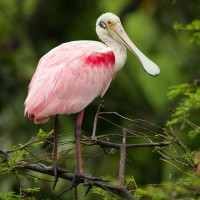 Louisiana: Birds, Bayous & BeignetsApril 17 - 23, 2025
Louisiana: Birds, Bayous & BeignetsApril 17 - 23, 2025 -
 Veracruz, Mexico: River of Raptors & MoreOctober 16 - 27, 2025
Veracruz, Mexico: River of Raptors & MoreOctober 16 - 27, 2025 -
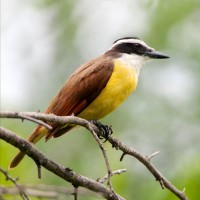 South Texas Birding & NatureNovember 10 - 18, 2025
South Texas Birding & NatureNovember 10 - 18, 2025
-
-
James Petersen

James grew up in New Jersey and started birding at a young age. He continued that passion by getting an undergraduate degree in Wildlife Ecology from the University of Maine. Since then, he has worked and birded extensively across the United States, including conducting point counts and banding ducks in Maine; identifying and counting waterfowl in Nebraska; counting migrating raptors in Texas, Arizona and Wyoming; and surveying for Northern Goshawks in northern California. The past three springs he has been a bird guide in the Chiricahua mountains in southeast Arizona, and he enjoys sharing his passion for birds with others. His favorite bird is the Red-headed Woodpecker.
Other trips with James Petersen
-
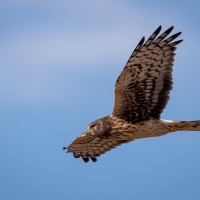 Summer in Maine: From Acadia to the NorthwoodsMay 21 - 28, 2025
Summer in Maine: From Acadia to the NorthwoodsMay 21 - 28, 2025 -
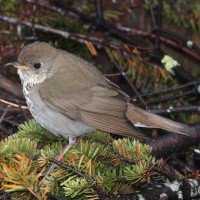 New Hampshire's Mt. Washington Warblers & Bicknell's ThrushJune 4 - 10, 2025
New Hampshire's Mt. Washington Warblers & Bicknell's ThrushJune 4 - 10, 2025 -
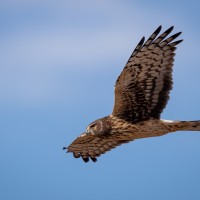 Summer in Maine: From Acadia to the NorthwoodsJuly 6 - 13, 2025
Summer in Maine: From Acadia to the NorthwoodsJuly 6 - 13, 2025 -
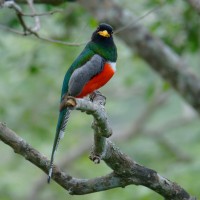 Arizona Monsoon Madness: Birding & Nature in a Season of Wonder!August 2 - 9, 2025
Arizona Monsoon Madness: Birding & Nature in a Season of Wonder!August 2 - 9, 2025 -
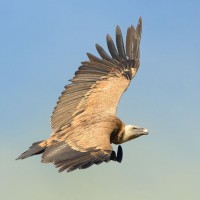 Spain: Birding & NatureSeptember 4 - 16, 2025
Spain: Birding & NatureSeptember 4 - 16, 2025 -
 Western Panama: Tranquilo BayOctober 18 - 25, 2025, w/Mt. Totumas extension
Western Panama: Tranquilo BayOctober 18 - 25, 2025, w/Mt. Totumas extension -
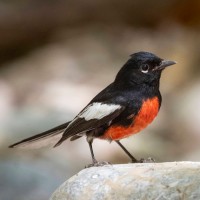 Southeast Arizona: Sky Island Fall SamplerNovember 2 - 9, 2025
Southeast Arizona: Sky Island Fall SamplerNovember 2 - 9, 2025
-
Essential Information +
Packing List +
Suggested Reading List +
Useful Links +
Photo credits: Banner: Cave Creek Canyon, Paul Petrus; Gila Monster by Tamara Winkler; Gila Woodpecker by Janice Petko; Montezuma Quail by Peg Abbott; Monsoon Brewing by Bryan Calk; Mountain Short-Horned Lizard by Bryan Calk; Mojave Rattlesnake by Bryan Calk; Broad-billed Hummingbird by Evelyn Earlougher; Harris's Hawk by Peg Abbott; Butterfly by Mahlon Hale; Cactus Wren by Peg Abbott; Vermillion Flycatcher by Steve Wolfe; Black-chinned Hummingbird by Peg Abbott; Elegant Trogon by Peg Abbott; Arizona Sister by Mahlon Hale; Mexican Spotted Owl, Greg Smith; Gila Woodpecker, Janice Petko; Rattlesnake, John Rosner; Casa de San Pedro, courtesy of the Inn; Broad-billed Hummingbird, Evelyn Earlougher; Lucy’s Warbler, Peg Abbott; Calliope Hummingbird in Flowers, Karen LeMay; Zebra-tailed Lizard, Greg Smith









